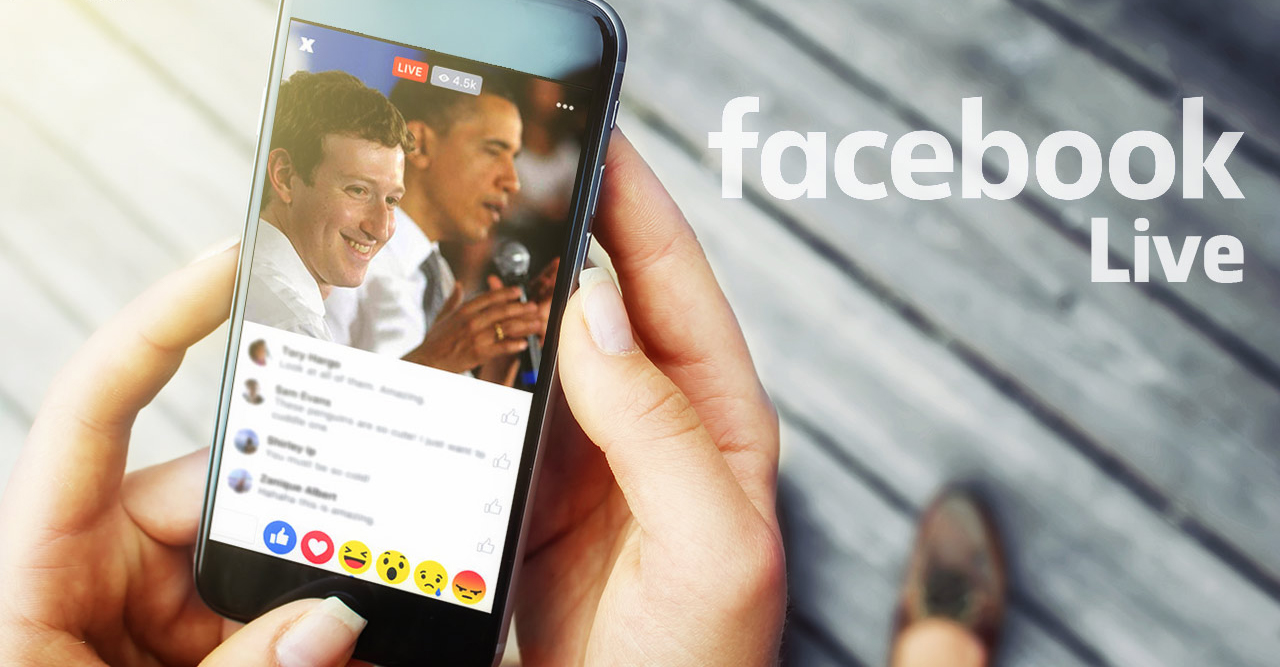
In April Facebook opened its live-streaming feature to all its users and it has since documented exploding watermelons, police violence, the US’ as well as the EU’s state of the union addresses; the debate of the presidential candidates will be streamed on Facebook Live next week. The live video platform seems to be on the agenda of everybody this year.
Crosswords, podium talks, Chewbacca mom
Facebook Live is being used for various channels. The New York Times goes live weekly to have people help solve the famous Sunday crossword puzzle, or with segments that discuss pieces of art, give advice or tell you how to prepare food. The Times also broadcasts interviews with prominent figures and follows up on previous reporting with expert discussions. Le Parisien has put focus on Facebook Live as well streaming concerts from their offices and interviewing e.g. Olympians. With 1,500 “Likes”, 467 Comments and 244 Shares, the video can be considered a success for a first try. The initial strength of Facebook Live was shown with BuzzFeed’s exploding watermelon or by Candace Payne aka Chewbacca Mom. The two most watched videos on Facebook. Harvard Business Review frequently features online seminars about leadership or HR and incorporates audience questions into their live interviews with experts.
Engaging the audience
According to Louise Story, executive producer of NYT’s Facebook Live, their focus lies on involving the audience. And Wall Street Journal reports that the average Facebook user watches live video three times longer than other types of video. Combined with the Facebook algorithm prioritizing Live videos – meaning they will appear higher in people’s feeds – they can become an inherently powerful tool to engage customers.
Live videos typically don’t attract as many views as other videos, but they draw more comments because users interact with the content in real time. Elise Strachan, host of a cooking channel on YouTube says, that while a video may draw one million views and 1,000 comments; a live video may only get 100,000 views but as many as 3,000 comments.
Paid contributors for Facebook Live
A mix of publishers, influences and celebrities have paid deals with Facebook and contribute Facebook Live content. They include BuzzFeed, the New York Times, CNN, FC Barcelona, Mashable, the Metropolitan Museum of Art, Kevin Hart and Michael Phelps. The values of individual contracts vary, ranging from USD 3.1 million for BuzzFeed downwards. Facebook is also paying influencers for content. They usually have smaller followings but their fans are younger and more likely to “like” and share content.
Facebook has achieved something Periscope, Meerkat and YouTube have been struggling with – actually engaging the audience and incorporating their live review. It is also ultimately powerful because every Facebook user can broadcast and contribute.
Or as Mark puts it:
“Live is like having a TV camera in your pocket. Anyone with a phone now has the power to broadcast to anyone in the world.”
